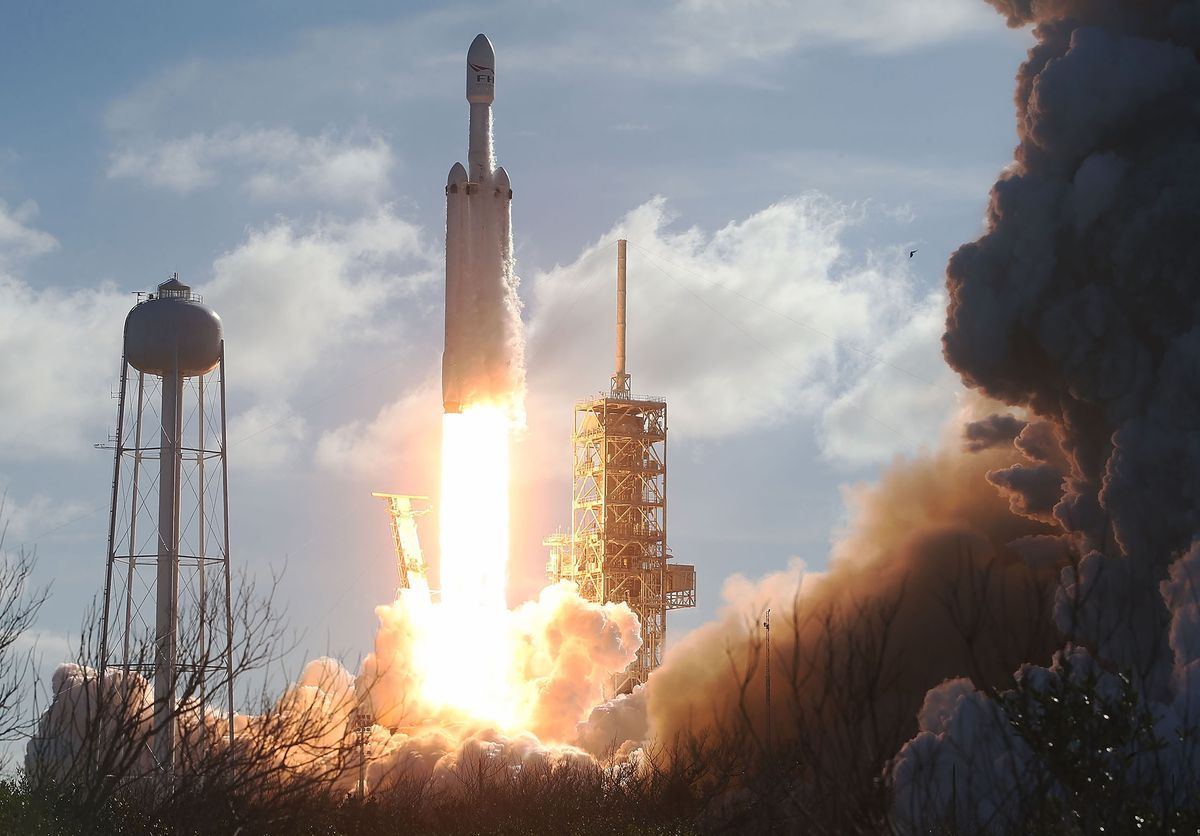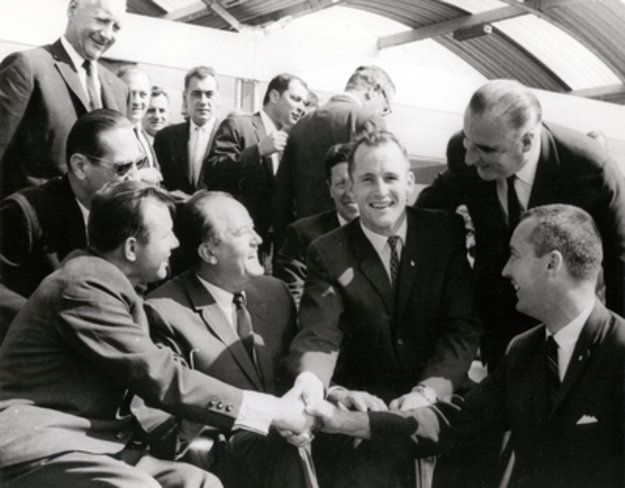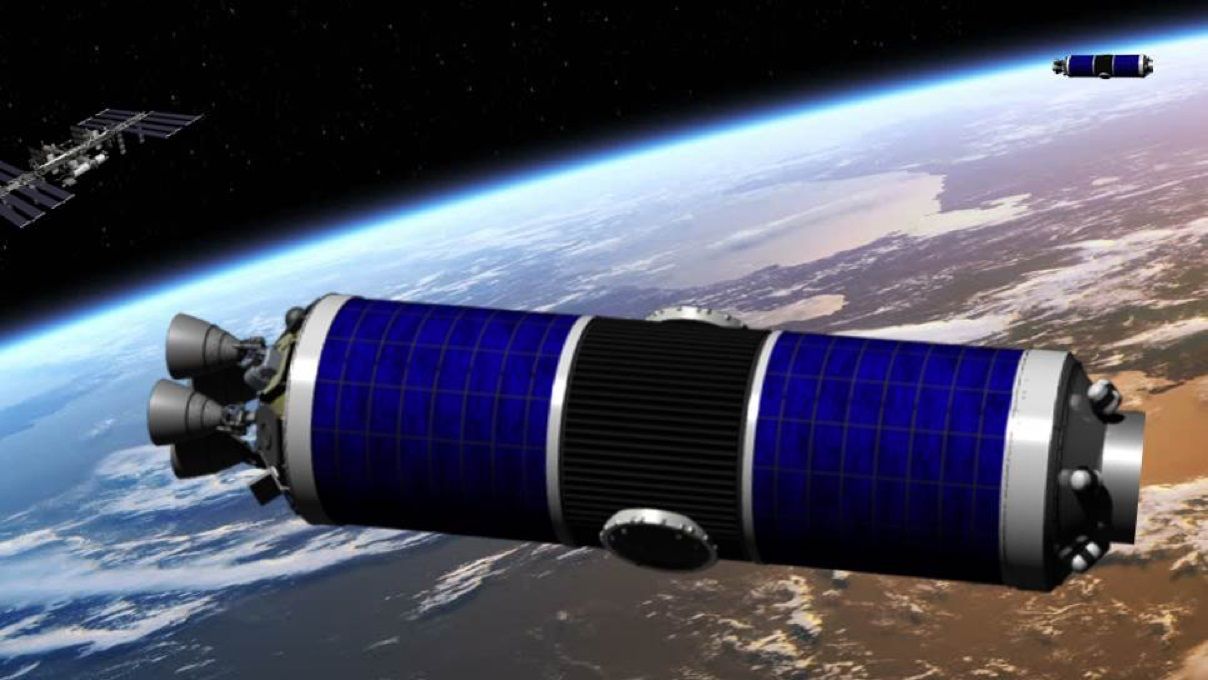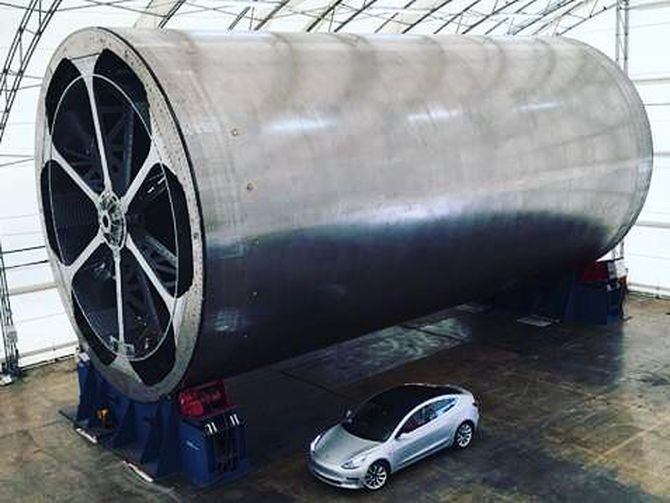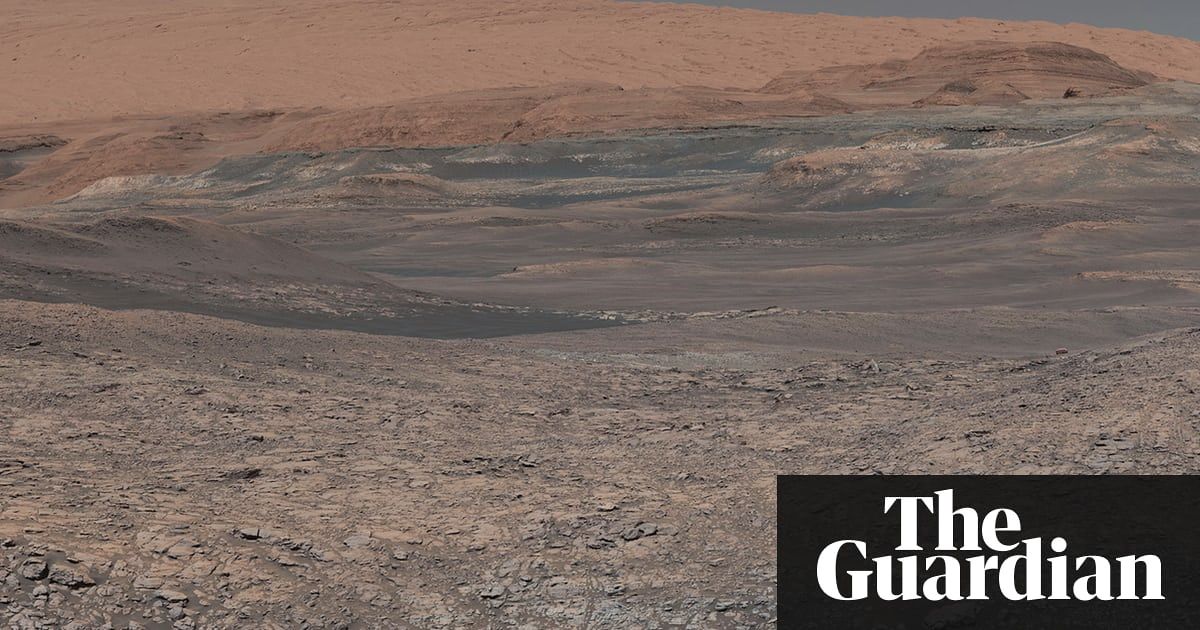The NEXT-C ion propulsion engine has successfully completed a Critical Design Review conducted by NASA and is planned for use on the agency’s 2021 DART (Double Asteroid Redirection Test) mission. With the CDR finished, the next step in the process should be the production of actual flight units.
NEXT-C stands for NASA’s Evolutionary Xenon Thruster-Commercial and was developed by the space agency and commercialized by Aerojet Rocketdyne.
“Serving as the primary propulsion source for DART, NEXT-C will establish a precedent for future use of electric propulsion to enable ambitious future science missions,” said Eileen Drake, CEO and President of Aerojet Rocketdyne via a company-issued release. “Electric propulsion reduces overall mission cost without sacrificing reliability or mission success.”
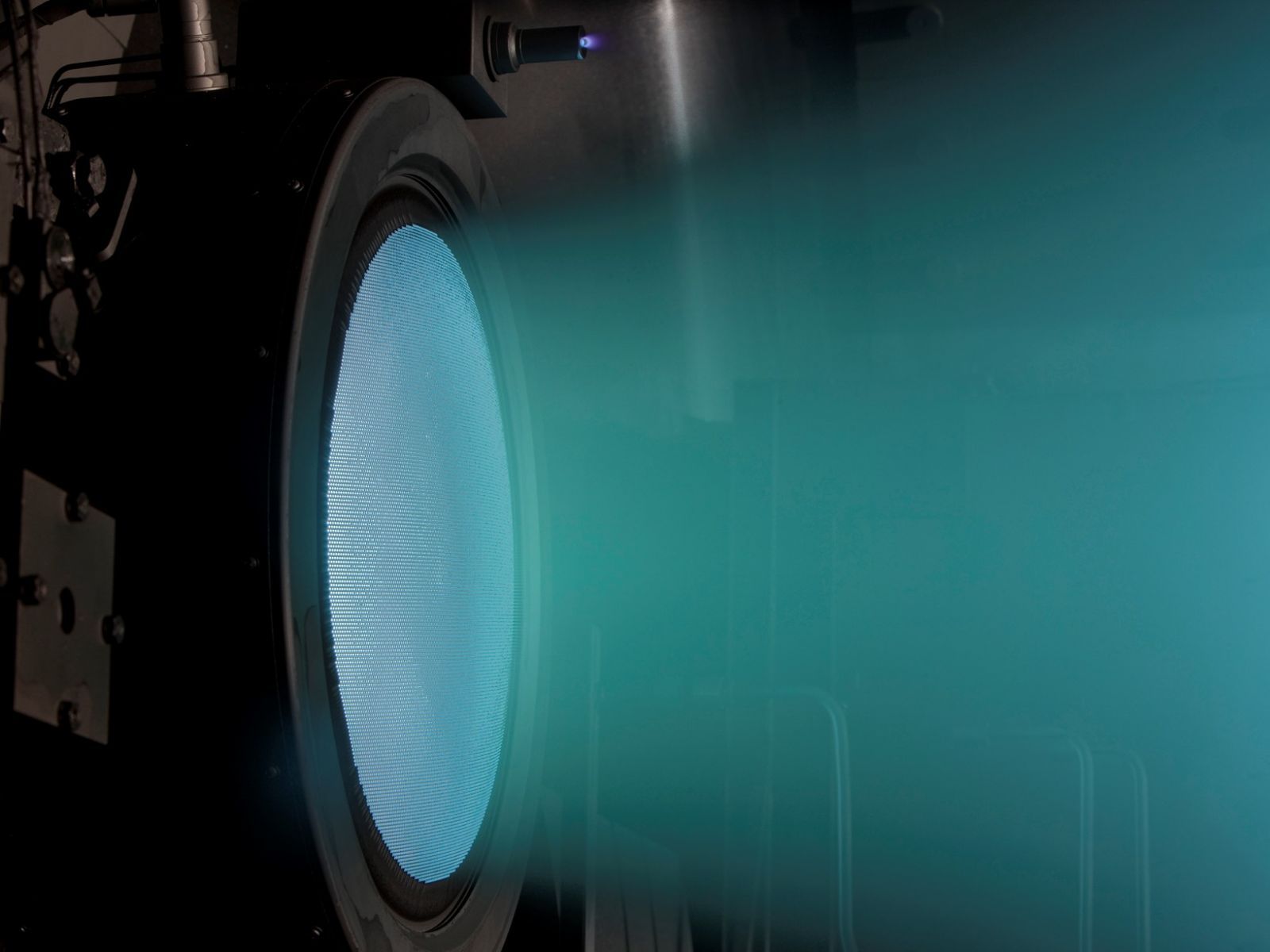
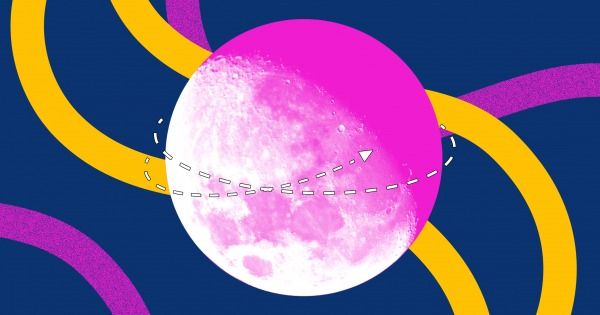
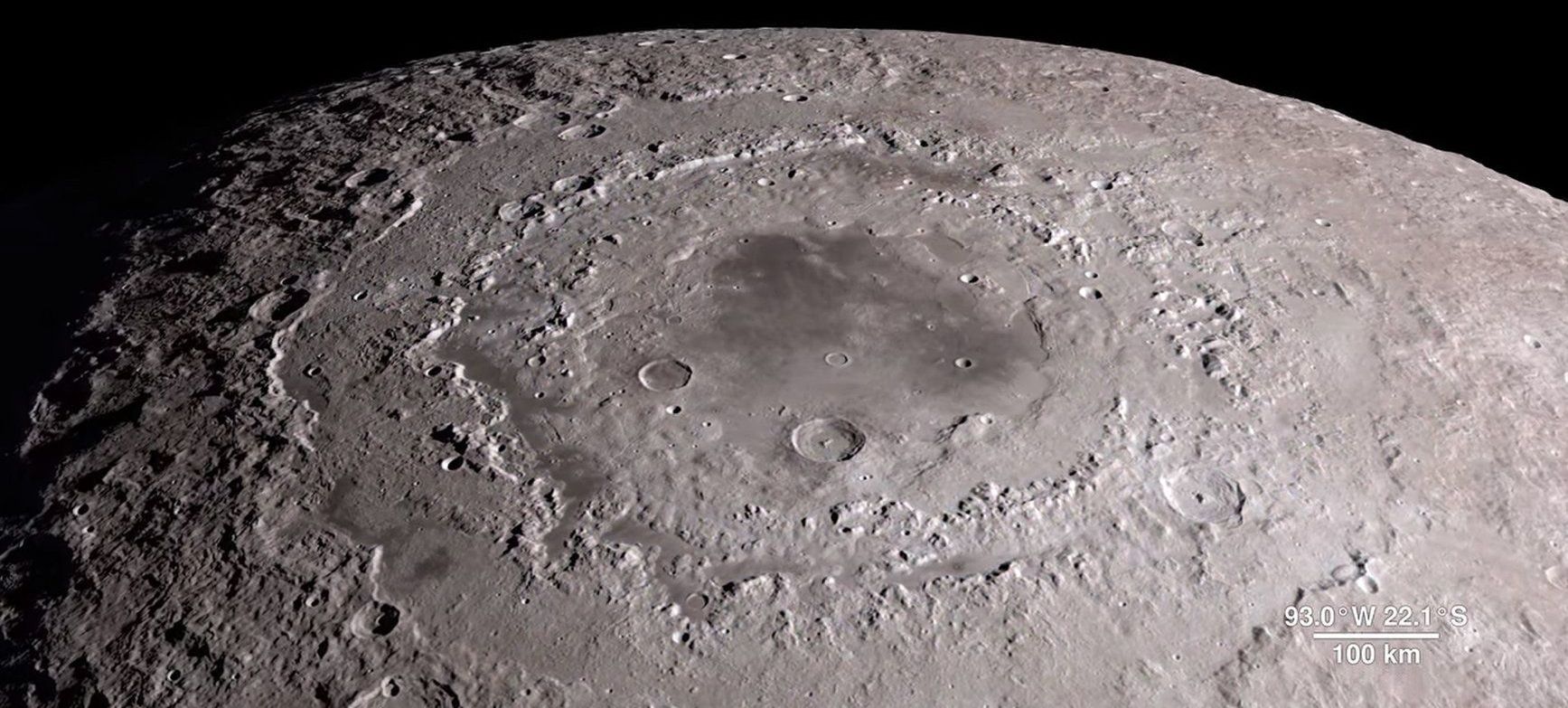

![Russia's President Vladimir Putin (L front) visits the renovated Cosmos pavilion of the VDNKh exhibition centre. [Photo: IC]](https://lifeboat.com/blog.images/russia-planning-manned-spaceflight-to-moon-putin2.jpg)
